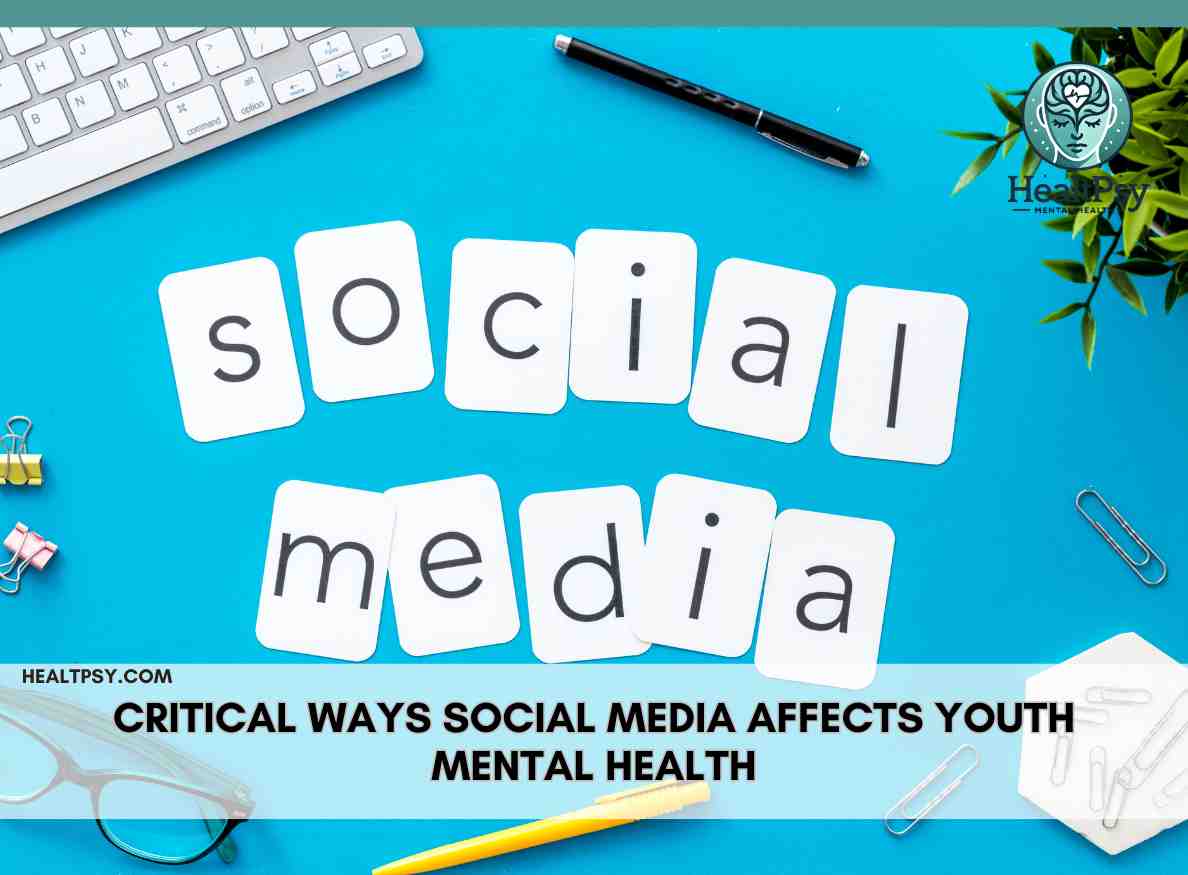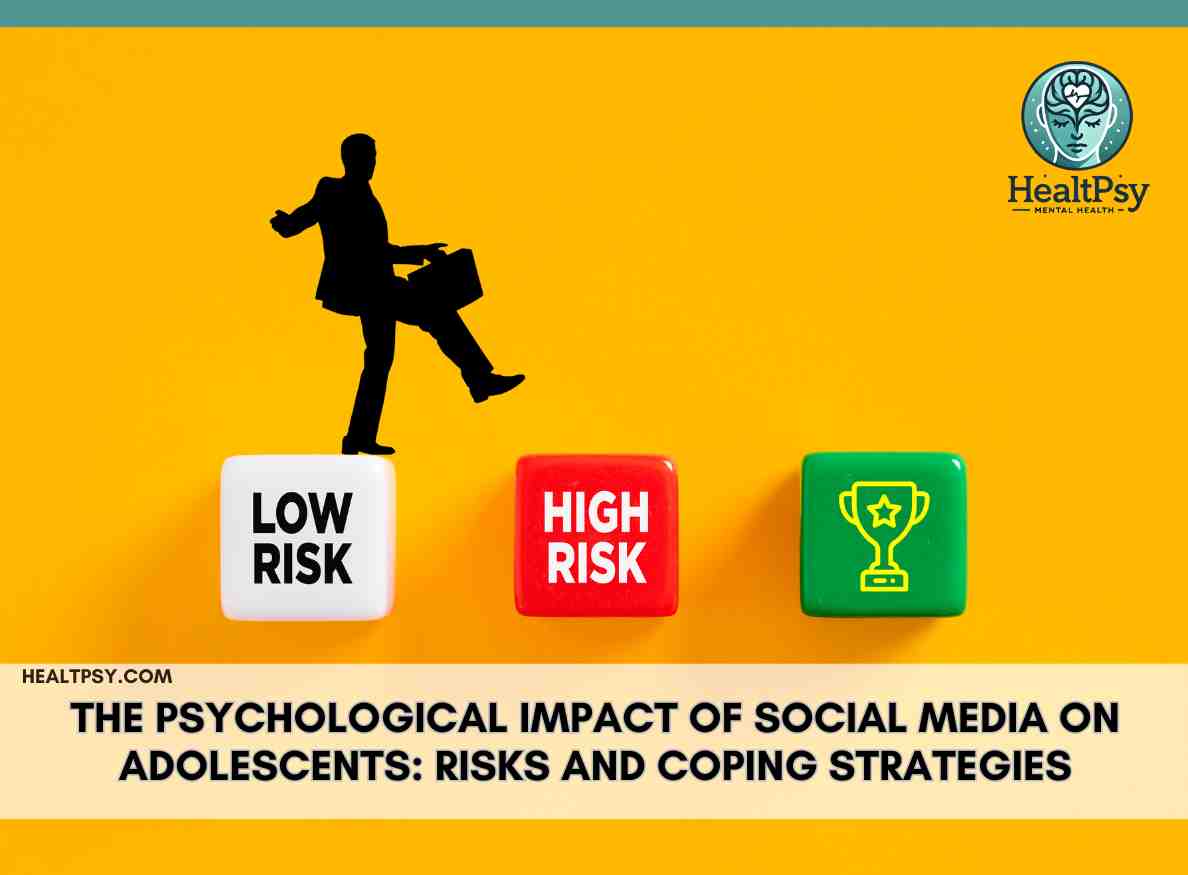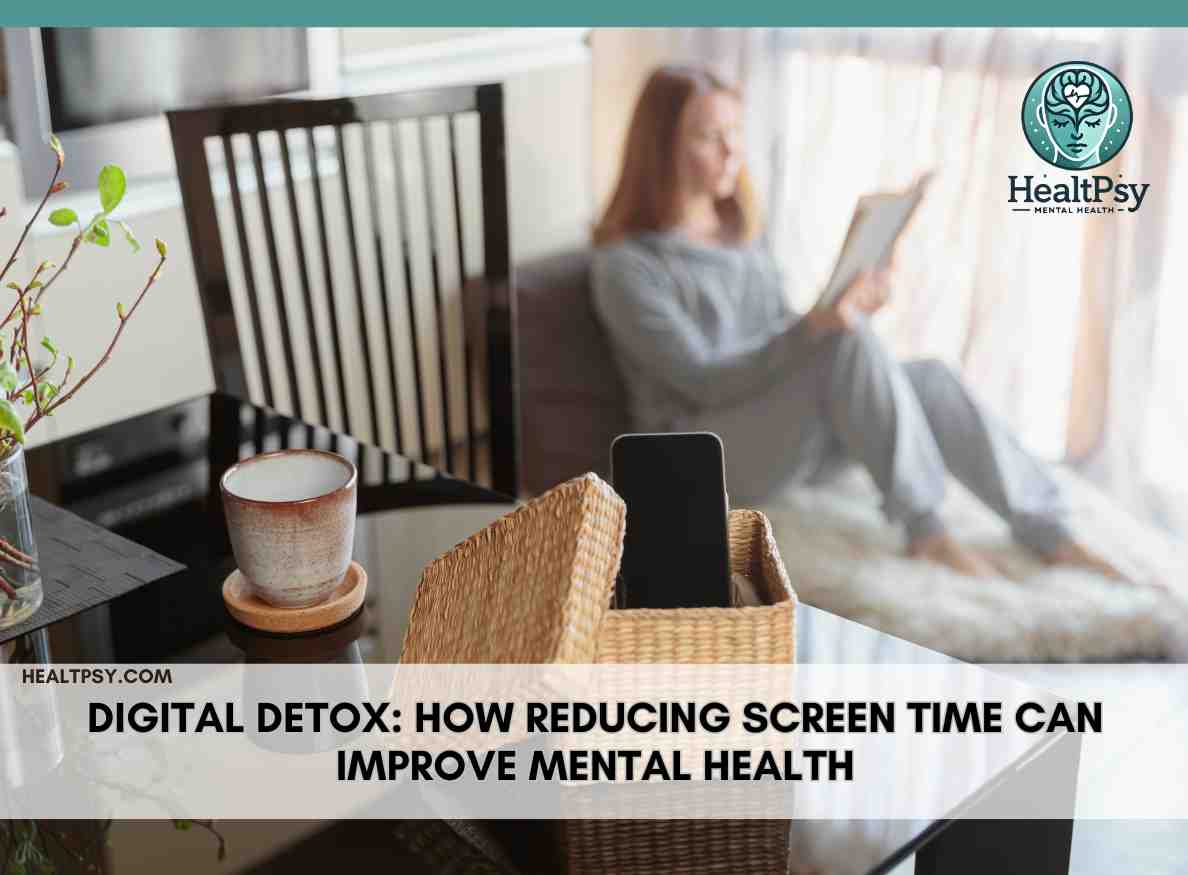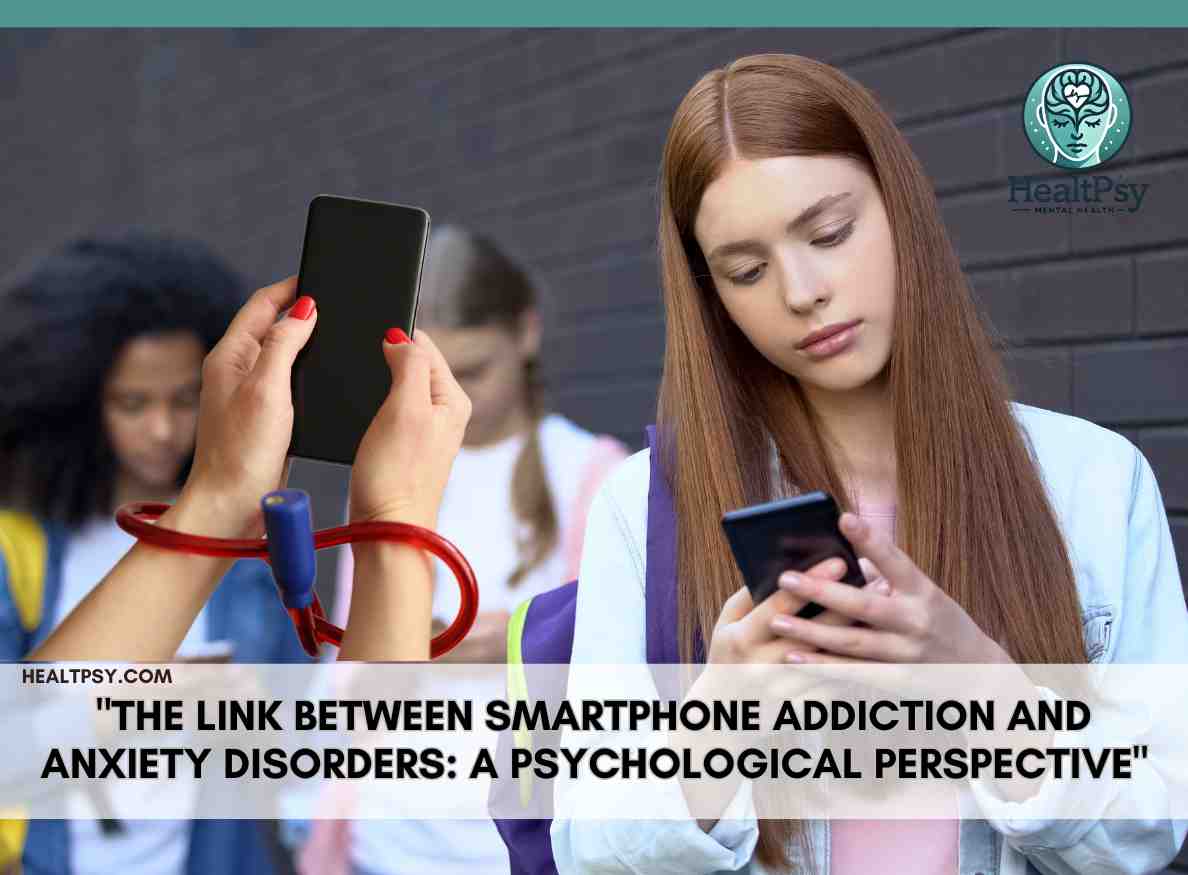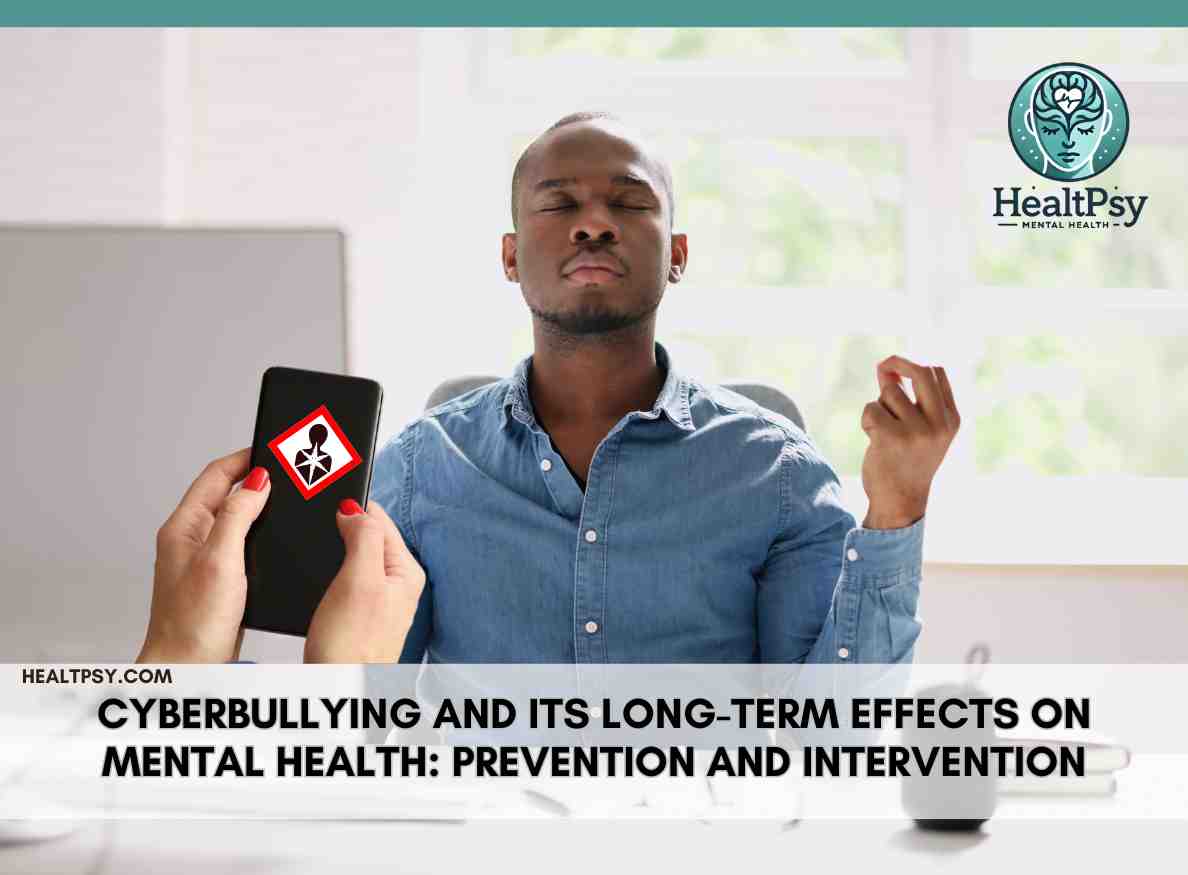7 Critical Ways Social Media Affects Youth Mental Health
The American Psychiatric Association Report Calls on Social Media Companies to Take Responsibility for Protecting Youth
Introduction
The rapid rise of social media has profoundly impacted society, particularly younger generations. While these platforms provide opportunities for connectivity, self-expression, and access to information, they also present significant risks to the mental health and well-being of young users. The American Psychiatric Association (APA) recently released a report urging social media companies to assume greater responsibility in safeguarding youth from the psychological and emotional risks associated with excessive social media use. This article explores the findings of the APA report, the risks associated with social media, and the necessary steps for responsible digital engagement.
For more details on mental health and S.media, visit the American Psychiatric Association (DoFollow).
The Psychological Risks of Social Media for Youth
S.media can have both positive and negative effects on young individuals. However, research increasingly suggests that excessive and unregulated use of S.media correlates with various mental health challenges, including depression, anxiety, body image issues, and cyberbullying.
1. Social Media and Depression in Adolescents
Studies have found a strong correlation between excessive S.media use and increased levels of depression among adolescents. Factors contributing to this include:
- Social comparison: Constant exposure to curated and idealized images of peers can lead to feelings of inadequacy and low self-esteem.
- Cyberbullying: Online harassment can significantly impact mental health, leading to social withdrawal, self-harm, and even suicidal ideation.
- Sleep disturbances: The addictive nature of S.media often leads to late-night usage, reducing sleep quality and increasing emotional distress.
2. Anxiety and the Pressure of Online Validation
Many young people experience heightened anxiety due to the pressure of online validation, often measured in likes, shares, and comments. The Fear of Missing Out (FOMO) has been identified as a significant contributor to social anxiety, as users feel compelled to stay constantly connected and compare their lives to those of others.
3. Body Image Issues and Eating Disorders
S.media platforms, particularly those emphasizing visual content, such as Instagram and TikTok, have been linked to body dissatisfaction and the development of eating disorders. Exposure to filtered and edited images promotes unrealistic beauty standards, leading many young users to engage in unhealthy dieting behaviors and excessive exercise.
The APA Report: Key Findings and Recommendations
The APA report highlights the responsibility of social media companies in creating a safer online environment for youth. The key findings emphasize that current S.media algorithms prioritize engagement and profit over the well-being of young users. The report outlines several key recommendations:
1. Implementing Stronger Privacy and Safety Measures
S.media companies must take greater accountability by introducing features that enhance user safety and limit exposure to harmful content. These measures include:
- Enhanced content moderation: Identifying and removing harmful content, such as cyberbullying and pro-eating disorder material.
- Stronger privacy settings: Limiting data collection on minors and providing greater control over personal information.
- Parental control features: Enabling parents to monitor and regulate their children’s social media usage effectively.
2. Reducing Algorithmic Manipulation
The report criticizes the role of algorithms in promoting addictive behaviors among young users. Recommendations include:
- Reforming engagement-based algorithms: Ensuring that content prioritization does not encourage harmful behaviors.
- Limiting endless scrolling features: Encouraging periodic breaks to reduce screen time dependency.
- Age-appropriate content restrictions: Tailoring content for different age groups to minimize exposure to distressing material.
3. Enhancing Digital Literacy and Mental Health Awareness
The APA calls for increased collaboration between tech companies, educators, and mental health professionals to improve digital literacy. This includes:
- Integrating digital literacy into school curricula to educate students about healthy social media use.
- Mental health awareness campaigns that provide resources for coping with online stressors.
- Encouraging responsible social media habits through public awareness programs.
The Role of Parents, Educators, and Policymakers
While social media companies bear significant responsibility, parents, educators, and policymakers also play a crucial role in mitigating the risks associated with digital platforms.
1. Parental Guidance and Monitoring
Parents can take proactive steps to guide their children’s social media habits, including:
- Setting screen time limits to ensure balanced usage.
- Encouraging open discussions about online experiences and potential risks.
- Using parental control tools to monitor online activities and interactions.
2. Educational Institutions as a Protective Shield
Schools should incorporate digital literacy programs to help students navigate social media responsibly. Educators can:
- Promote critical thinking skills to help students analyze and question online content.
- Implement anti-cyberbullying programs to create safer school environments.
- Encourage social media detox periods to help students balance online and offline activities.
3. Policy and Legislative Action
Governments and policymakers must enforce regulations to hold social media companies accountable for protecting young users. Potential regulations include:
- Age verification systems to restrict access to harmful content.
- Stricter data privacy laws to limit the exploitation of minors’ data.
- Regular audits of social media policies to ensure compliance with child safety standards.
The Future of Safe Social Media Use
As technology continues to evolve, it is essential to develop sustainable solutions that prioritize the well-being of youth. Collaboration between tech companies, mental health professionals, and policymakers is necessary to create a safer and more responsible digital environment. The APA’s call for action serves as a wake-up call to social media giants, urging them to prioritize ethical responsibility over profit.
For more resources on digital well-being and mental health, check out our article on Psychological Support and Therapy.
Conclusion
The American Psychiatric Association’s report underscores the urgent need for social media companies to take responsibility for protecting young users from the mental health risks associated with excessive social media exposure. By implementing stricter safety measures, reforming engagement algorithms, and promoting digital literacy, a healthier and safer digital landscape can be achieved. As stakeholders across society unite to address this issue, the future of social media can become one that prioritizes the psychological well-being of its users.
For additional insights on mental health, explore our guide oN What is Mental Health and Why is It Important
you might also like

